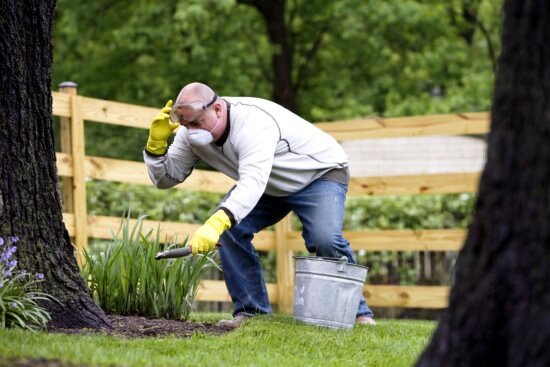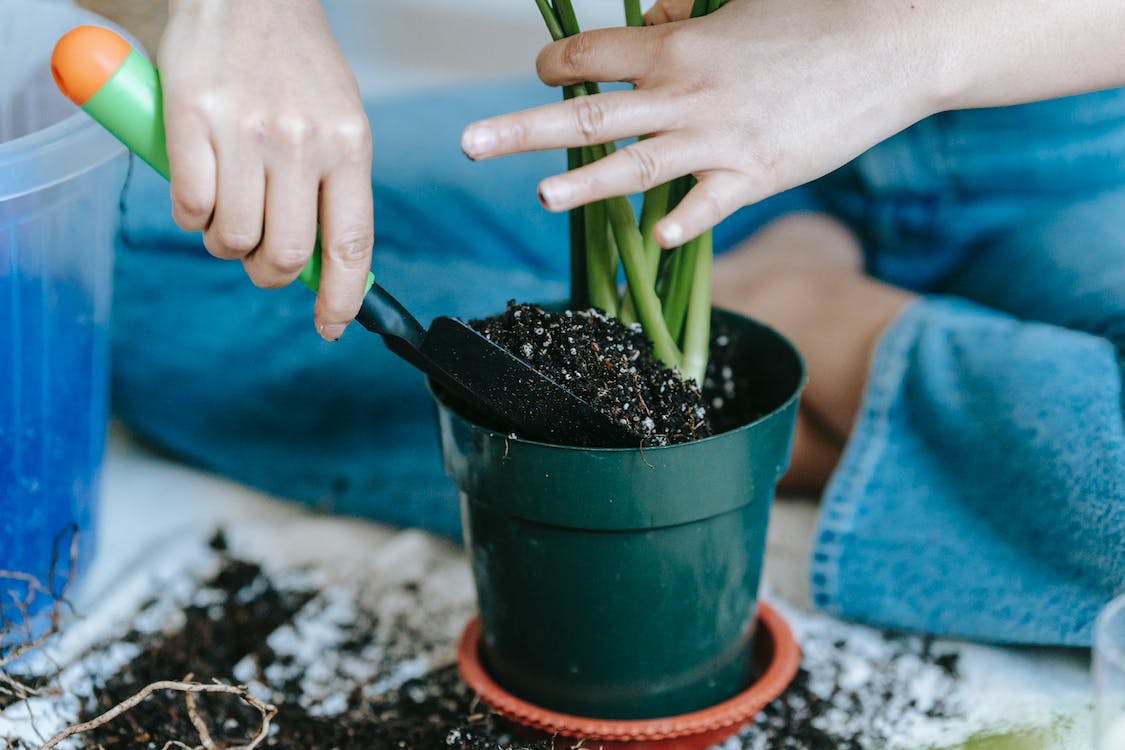
Homegrown Bounty: Crafting Your Own Fertilizer for Lush Gardens
As an American gardener, the desire to foster a thriving garden is a journey rich with satisfaction. One key element that significantly contributes to the success of your green haven is the type of fertilizer you use. In this guide, we’ll explore the art of crafting your own fertilizer, bringing a touch of DIY ingenuity to your gardening endeavors.
Understanding the Soil Symphony: The Importance of Quality Fertilizer
Soil Health: The Foundation for Lush Growth
A lush garden starts with healthy soil. Recognizing the significance of soil health becomes the initial step in crafting your fertilizer. Active gardeners understand that nourishing the soil with the right blend of nutrients sets the stage for vibrant plant growth.
The Role of Fertilizer: Enhancing Nutrient Availability
Fertilizer acts as a supplement, enriching the soil with essential nutrients. In the active pursuit of a bountiful garden, American gardeners take a hands-on approach by crafting their fertilizer blends, ensuring a tailor-made solution for their specific plant varieties.
Crafting Your Fertilizer Mix: DIY Magic for Garden Success
Kitchen Castoffs: Transforming Waste into Gold
Embracing the ethos of sustainability, American gardeners actively turn to kitchen castoffs to create a nutrient-rich fertilizer. Items like fruit and vegetable peels, coffee grounds, and eggshells become the cornerstone of a DIY mix, showcasing a commitment to minimizing waste.
Nitrogen-Rich Goodies: Fueling Plant Growth Naturally
Plants thrive on nitrogen, and an observant American gardener actively seeks natural sources to fuel their garden’s growth. Incorporating nitrogen-rich ingredients like grass clippings and clover into the fertilizer mix becomes a deliberate choice. This hands-on approach ensures that plants receive a steady and natural supply of this essential nutrient.
Brewing Your Garden Elixir: The Art of Fertilizer Production
DIY Compost Tea: Liquid Gold for Plants
Brewing your compost tea is a hallmark of crafting your own fertilizer. An American gardener actively engages in this process, combining compostable materials with water to create a nutrient-rich liquid fertilizer. This hands-on approach not only provides essential nutrients to plants but also minimizes the ecological footprint associated with synthetic fertilizers.
Vermicomposting: Harnessing the Power of Worms
In the spirit of American sustainability, vermicomposting becomes a key component of crafting natural fertilizer. Employing a worm bin to break down organic matter results in nutrient-dense worm castings. This active choice enhances the fertilizer’s potency, showcasing a commitment to harnessing nature’s processes for a healthier garden.
Nurturing Nature’s Balance: Applying Your Homemade Fertilizer

Gentle Nourishment: Feeding Plants with Care
When it comes to applying homemade fertilizer, an environmentally conscious American gardener takes a gentle and measured approach. Diluting liquid fertilizers and evenly distributing solid blends ensures that plants receive nourishment without overwhelming them. This mindful application aligns with the gardener’s commitment to fostering a balanced and sustainable ecosystem.
Seasonal Adjustments: Adapting to Nature’s Rhythms
The American gardener actively adapts their fertilizer application to the changing seasons. Recognizing that plants have distinct needs during different times of the year, this adaptive approach showcases a commitment to working in harmony with nature’s rhythms. By aligning fertilizer practices with seasonal cues, the gardener nurtures a thriving and resilient garden.
Cultivating Homegrown Success: A Garden Fertilized with Care
As you implement these DIY tips to craft your own fertilizer for a lush garden, it’s not just about providing nutrients; it’s about cultivating success from the ground up. The American gardener actively contributes to a bountiful garden, a testament to their commitment to sustainable and hands-on gardening practices.
Hope you’ve found this post helpful and enjoyable. Feel free to share your thoughts in the comments below. Your experiences and insights can further enrich the gardening journey for fellow enthusiasts. Let the community thrive on shared knowledge and a collective passion for cultivating homegrown success.
